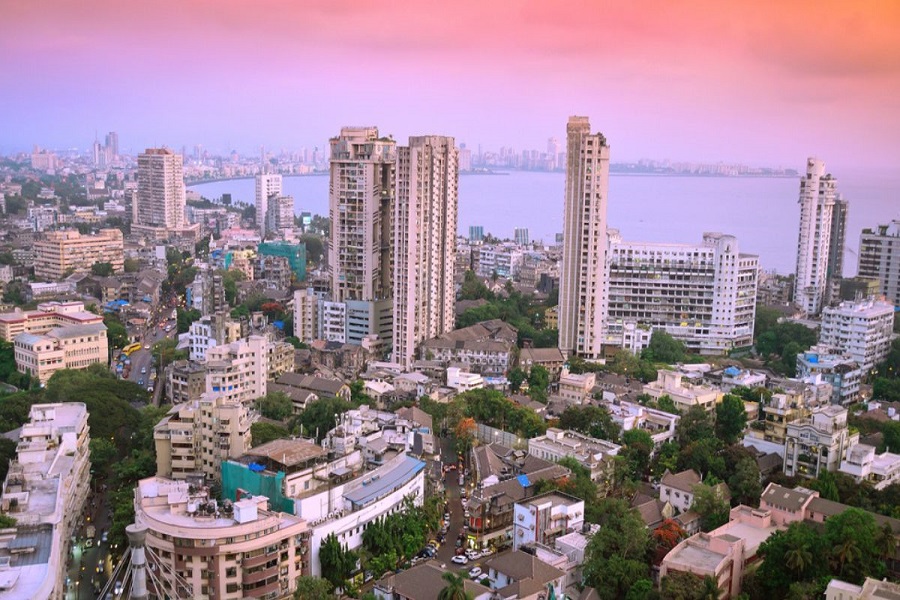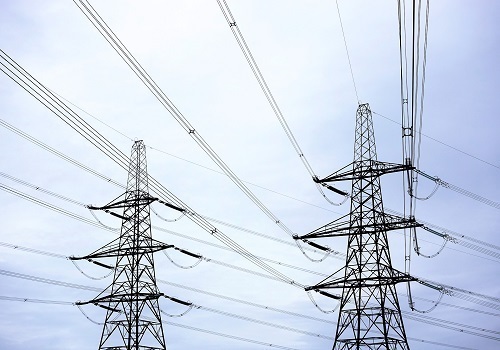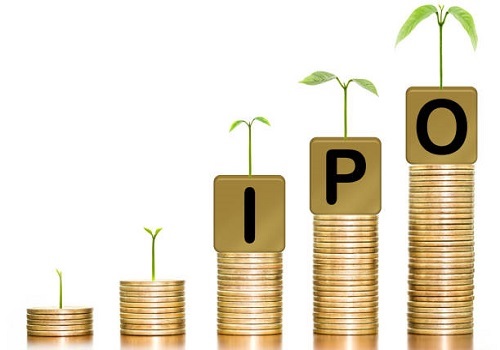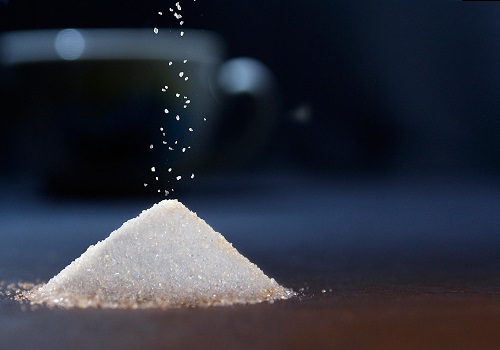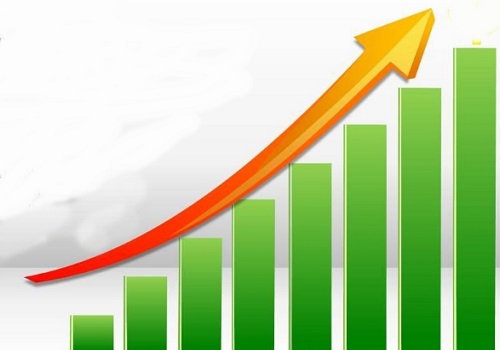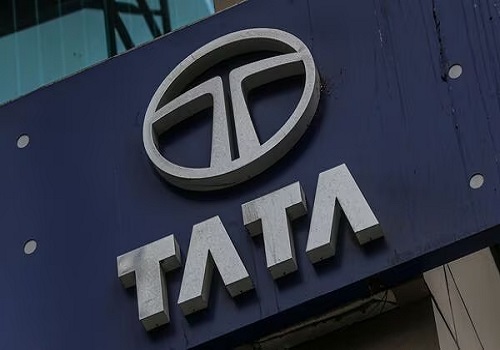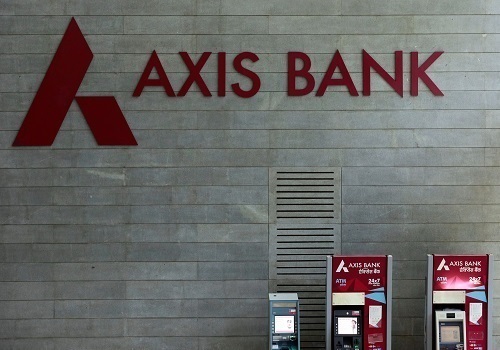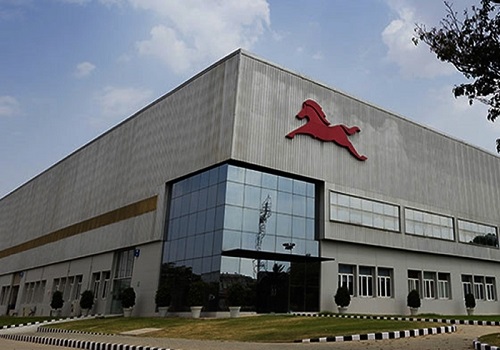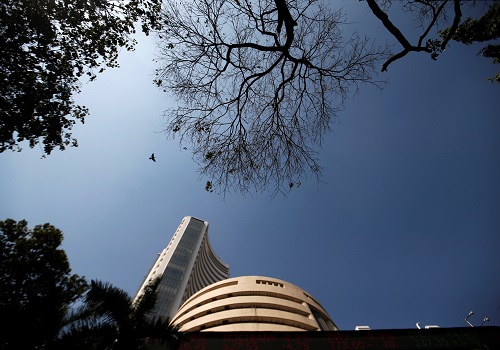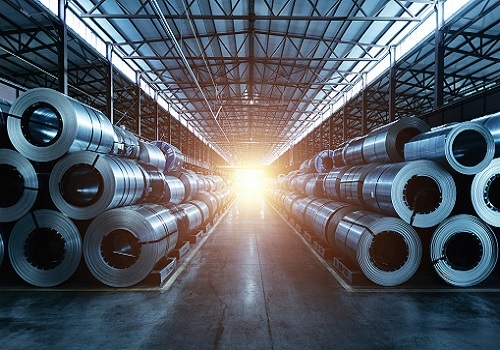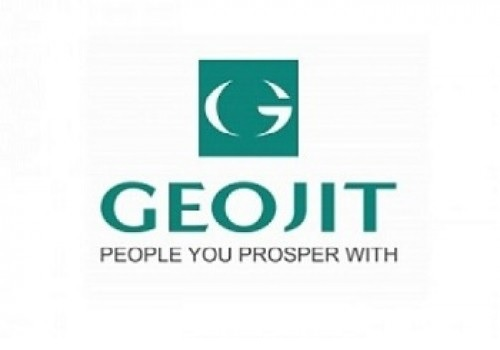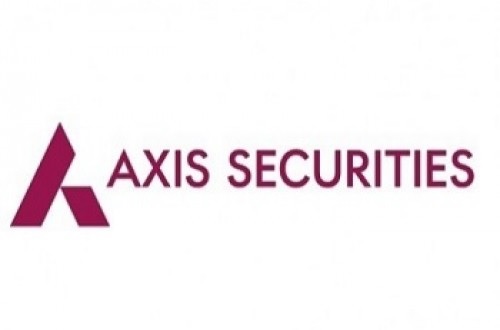S&P Global Commodity Insights : India`s June oil demand stronger than expected but on-year growth in H2 2022 likely to ease

Follow us Now on Telegram ! Get daily 10 - 12 important updates on Business, Finance and Investment. Join our Telegram Channel
* India's June oil demand rises 16.3% on year from a low base, driven by gasoil and gasoline
* Q3 demand is expected to dip sequentially due to the monsoon season before rebounding in Q4
* India's demand is expected to grow 280,000 b/d in 2022, 160,000 b/d in 2023
* Middle distillates will account for more than half of the 2022 growth, driven by pent-up demand
India's oil product demand in June rose 704,000 b/d, or 16.3%, year on year from a weak base last year. The delay in this year’s monsoon kept demand elevated last month, which was 272,000 b/d higher month on month. On a year-on-year basis, demand growth was driven by gasoil, gasoline and other minor products, which were up 360,000 b/d, 160,000 b/d and 165,000 b/d, respectively. Demand for kerosene/jet fuel and fuel oil also grew by 65,000 b/d and 8,000 b/d, respectively, but the growth was partially offset by LPG and naphtha, which fell 7,000 b/d and 44,000 b/d, respectively.
The cut in excise duty and a delayed arrival of the monsoon led to robust gasoil demand growth in June, but it has weakened seasonally as the monsoon arrives as construction and mining activities take a back seat. Retail fuel prices have been constant on the pump despite a volatile international market, suggesting that there may be some under recoveries by oil marketing companies in selling transport fuels in the retail market. The government included fuel stations in the ambit of Universal Service Obligation, meaning that any fuel station has to have enough inventory during specified hours.
Since private fuel marketing companies could not absorb the under recoveries, they raised retail prices, leading to a demand shift to public sector oil marketing companies, further worsening their supply chain issues. As a result, gasoil buy tenders were issued by public sector refiners in a country that is a net exporter of gasoil. This led to an imposition of additional duties on petroleum exports by the central government to the tune of $13/b on gasoline and jet fuel with $26/b on gasoil to ensure domestic supplies. The duty on exports is also expected to help the central government manage its fiscal deficit which had widened after the excise duty cut.
India’s economy is performing well, but higher energy and food prices, along with higher interest rates, present twin hurdles. India’s consumer inflation rate for May eased to 7.04% from an eight-year high of 7.79% in April, but it was still above the 6% tolerance level of the Reserve Bank of India. Food inflation, which accounts for nearly half of the CPI basket, in May rose 7.97% year on year, from 8.38% in the previous month - the highest in nearly two years. At the most recent June meeting, the RBI raised its policy rate 50 basis points to 4.9%, its second straight increase after an increase of 40 basis points at an unscheduled meeting in May, which kicked off the tightening cycle. It also dropped its “accommodative” stance with regard to policy and the government’s main focus now is to control inflation. Platts Analytics expects India’s economy to grow by 6.8% in 2022 on a calendar year basis, and then by 6.3% in 2023.
In the meantime, India’s May PMIs for both manufacturing and services stayed well above the 50 threshold level, pointing to expansion in the sectors. However, India’s manufacturing declined to 53.9 in June from 54.6 in May, pointing to the weakest growth in the sector since September of last year. In contrast, services PMI rose to 59.2 in June, up from 58.9 in May, the strongest expansion in the sector since April 2011, due to further accelerations in growth of new business and output, amid ongoing improvements in demand conditions.
In the near term, we expect India’s oil demand to dip sequentially by 140,000 b/d in Q3 because of the monsoon season, before rebounding by 280,000 b/d in Q4 due to festive and holiday seasons. On a year-on-year basis, demand in H2 is expected grow by 200,000 b/d, down from 360,000 b/d in H1, which was boosted by a low base last year. Overall, India’s oil demand is expected to grow by 280,000 b/d in 2022, easing to 160,000 b/d growth in 2023. Middle distillates (gasoil and kerosene/jet fuel combined) will account for more than half of 2022 growth, partly due to a slow recovery last year, but headwinds remain in the form of rising fuel prices and global recession fears.
Above views are of the author and not of the website kindly read disclaimer

